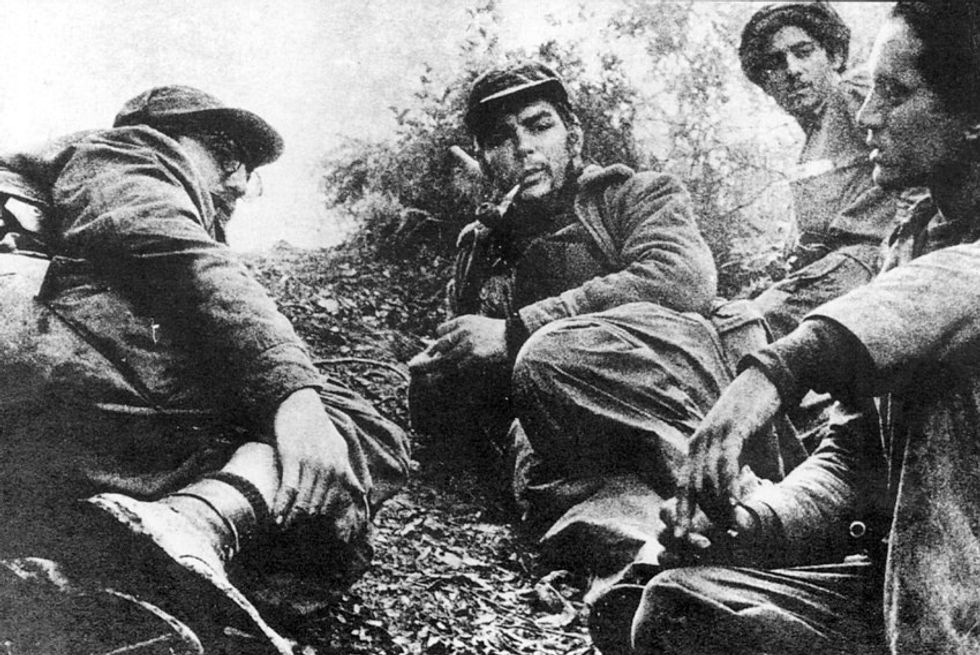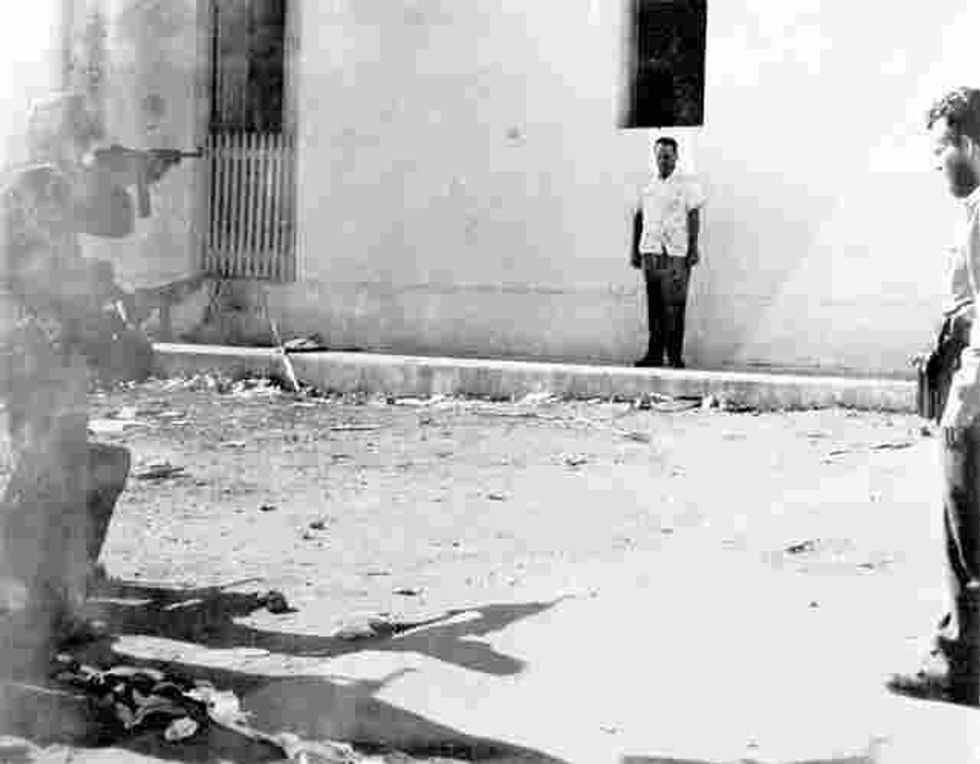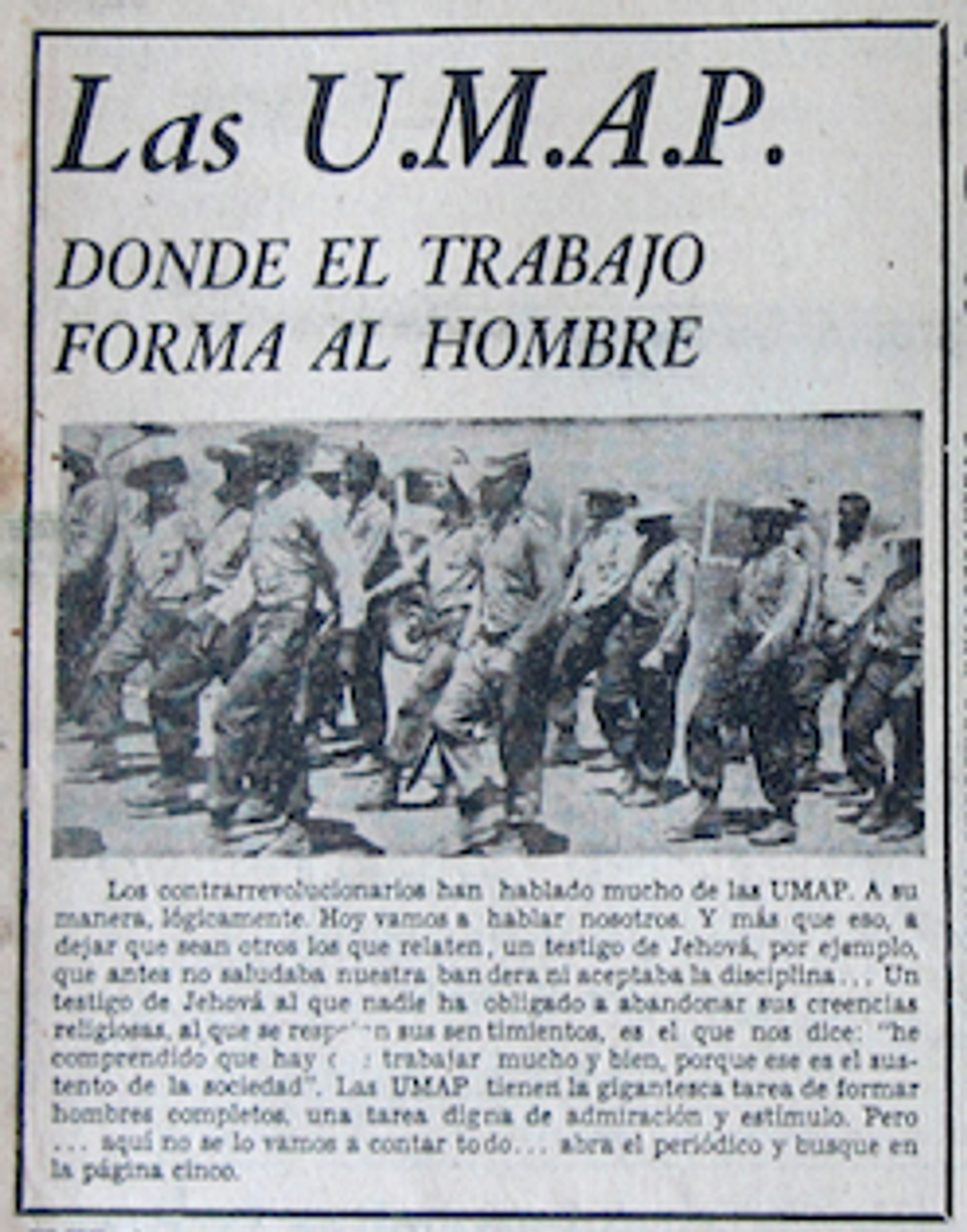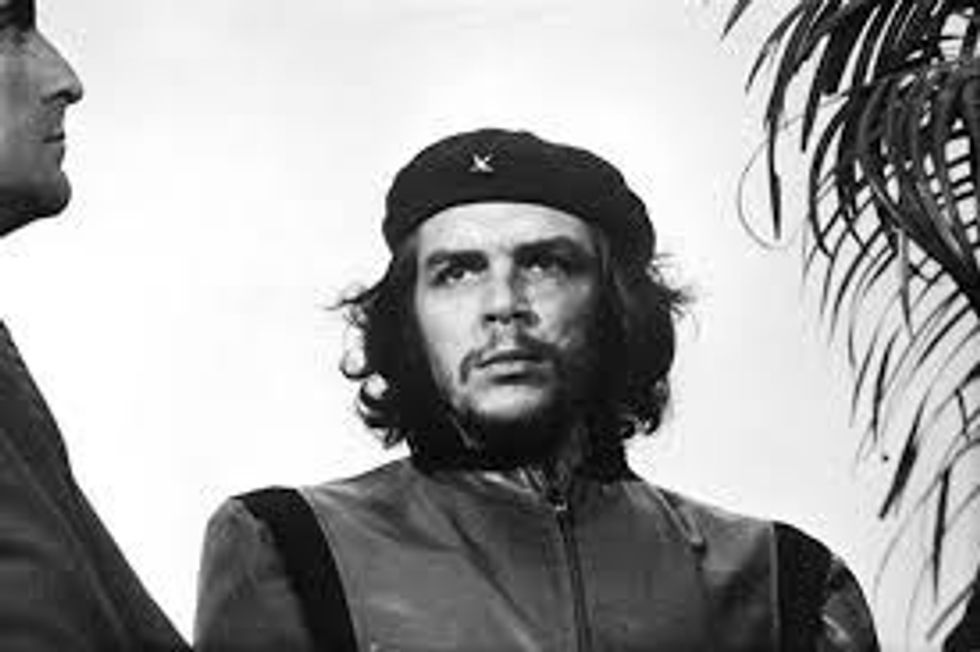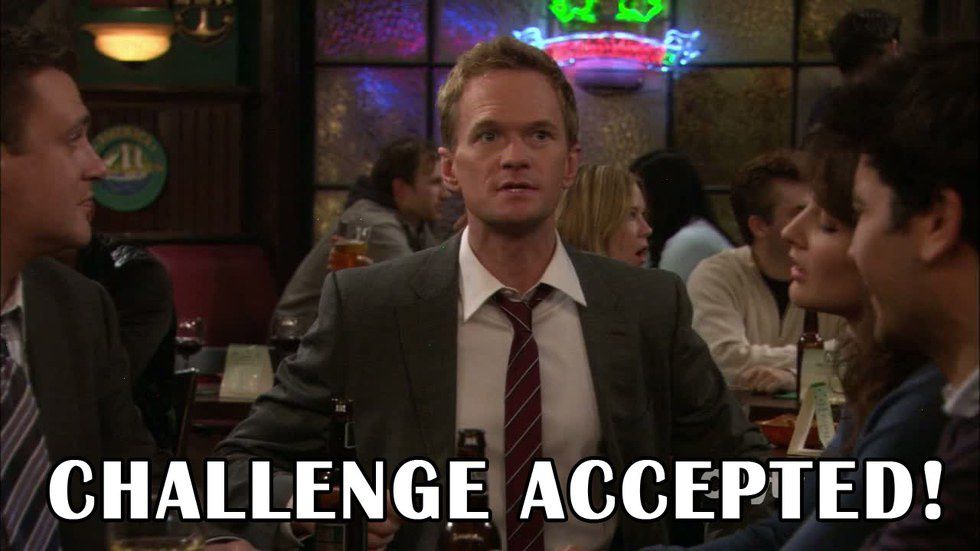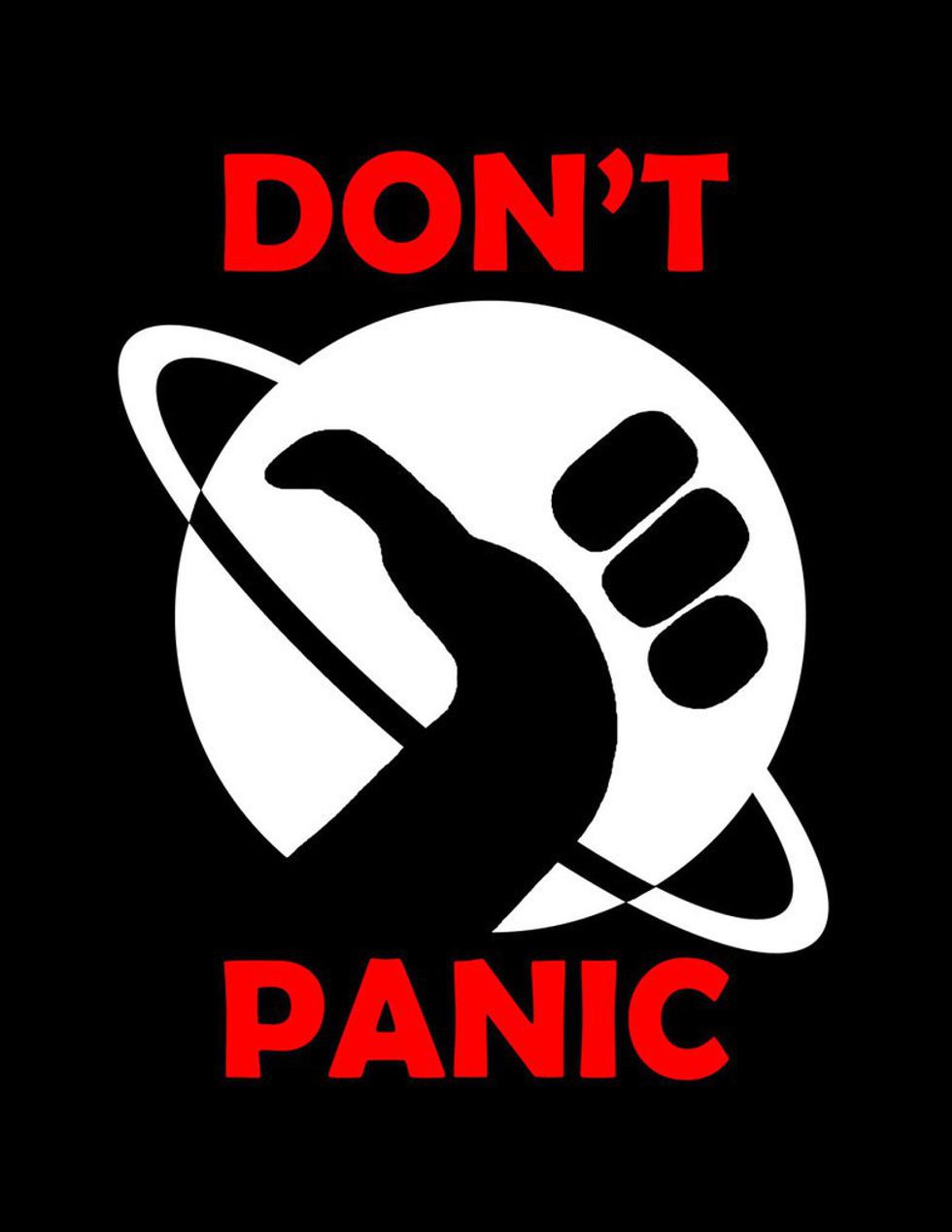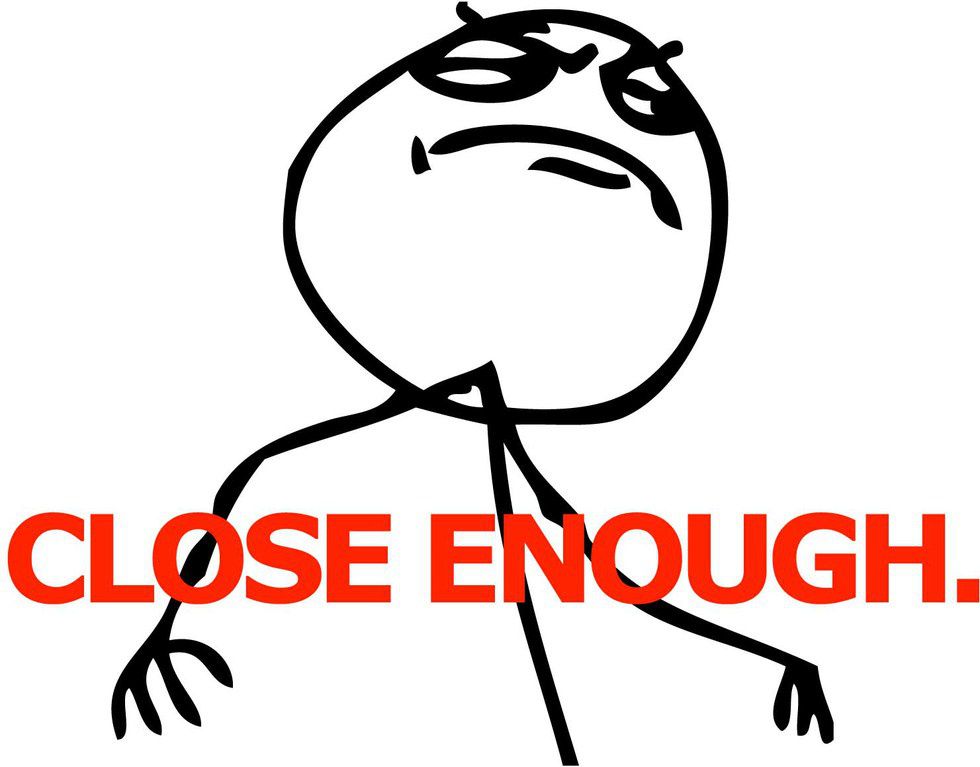Ernesto “Che” Guevara must have had the world’s greatest PR team. His likeness has taken the shape of a global symbol of anti-establishment and rebellion. It is believed that the resurgence of Guevara’s face took place on the 30th anniversary of his death in 1997 upon which five biographies were published and his remains were ever so conveniently disclosed and recovered from Bolivia.
His face has found itself at the epicenter of protests and riots in every corner of the globe, from the United States to Russia to Australia. The communist revolutionary has ironically been molded into an instrument of capitalism. Vendors and companies have plastered his famous image onto mugs, keychains, posters, hats, bottle openers, playing cards, lighters, clocks, and most predominantly t-shirts. He is the face of the so-called “revolutionary-chic.”
However, the truth behind Che Guevara is sinister and detestable not praise-worthy. An ideology is only as powerful as those who uphold and represent it, and there is no doubt that the real Guevara is a figure that inhibits his own movement. He was, in the absence of all rhetoric and sensationalism, a mass-murderer with little to no regard for human life. He was single-handedly responsible for taking countless lives often without sufficient or just reason. Death, to him, was a necessity for revolution. He is claimed with shouting, “a revolutionary must become a cold killing machine motivated by pure hate.” No morality would bound him from getting what he wanted.
After the Cuban Missile Crisis, he proudly claimed that “if the nuclear missiles had remained, we would have used them against the very heart of America, including New York City…We will march the path of victory even if it costs millions of atomic victims…We must keep our hatred alive and fan it to paroxysm.” With a few exceptions, he was even largely unsuccessful in his pursuits to incite revolution and reform governments and economies. Che has been raised onto a pedestal for his iconic doctrines, bravery, and courage, but he should be torn down for the brutal and inhuman tactics he applied in order to become the quintessential symbol of revolution.
Perhaps the best representation of the true Che Guevara comes from his speech at the Tri-Continental conference in Havana, Cuba in which he stated that hatred has the power to take one “over and beyond the natural limitations that man is heir to and transform him into an effective, violent, selective and cold killing machine. Our soldiers must be thus.” Countless sources and eye-witnesses have confirmed Guevara was an ardent believer of being a “killing machine” himself. Alongside Fidel Castro and his rebel army, Guevara resided in the Sierra Maestra Mountains as they worked to topple the Cuban government of Fulgencio Batista. During that time, Guevara was responsible for several executions, many of which were done out of suspicions of aiding the Cuban government or of leaving the revolutionary movement.
Guevara’s diary narrates of the execution done by his own hand of Aristidio, a peasant who had said he no longer wanted to be part of the rebel army. One of his former commanders, Jaime Costa Vazquez, dubbed “El Catalán,” says that one of Che’s executioners who would later go on to become interior minister of Cuba was under Guevara’s orders, which merely consisted of five words: “If in doubt, kill him.”
Suspicion was all that was needed to end a life. There was no need for trial. Several years later, Che Guevara would proclaim in a speech that at “the Sierra Maestra, we executed many people by firing squad without knowing if they were guilty. At times, the Revolution cannot stop to conduct much investigation; it has the obligation to triumph.”
Among the most bone-chilling accounts was when Che interrogated a 17-year-old boy who was a soldier for Batista’s army. The boy begged for his life: “I haven’t killed anyone. I just arrived here. My mother is a widow and I am an only child. I joined the Army for the salary, to send it to her monthly. Don’t kill me, don’t kill me.” Che replied simply with, “Why not?”, then proceeded to tie down the boy before his newly dug grave and shoot him in the head.
After Castro had taken control of Cuba in 1959, Che Guevara was given the position of Commandant of La Cabaña, a fortress that had once been used to defend against pirates but had been converted into a prison. He was also appointed Chief Judge of the Revolutionary Tribunals and head of the Appellate Court. Somewhere between 800 and 1000 prisoners were stuffed inside a space meant for 300. Among the imprisoned were Batista’s former military and police, journalists, businessmen and merchants.
Cuban writer Reinaldo Arenas who was imprisoned for his anti-authoritarian works said that the conditions were terrible. “Gays were not treated like human beings, they were treated like beasts. They were the last ones to come out for meals, so we saw them walk by, and the most insignificant incident was an excuse to beat them mercilessly.” Guevara was also a proponent of psychological torture. Prisoners of La Cabaña have told that they would be taken out in the middle of the night and lined up, forced to undergo a fake execution. Evidently, the prisoners would only realize it was fake after the blanks had been fired.
Although there were trials held for the accused, whatever the prosecutor presented was always irrefutable proof. Jose Vilasuso, who was assigned with preparing dockets of the accused, admitted in an interview that Guevara used to tell him, “The investigating officer is always right.” Other officers have also come out and provided some more of Che’s words of wisdom such as “do not delay the proceedings. This is a revolution. Do not use bourgeois legal methods; evidence is secondary. We must proceed to convict.”
Despite the fact that he was head of the Appellate Court, not once did Guevara ever overturn a death sentence. He held executions at night and would sometimes do them publicly, allowing for mobs to attend. At other times, he would televise these executions or have the recording inserted into the previews of movies in theaters. Though his stay at La Cabaña was less than a year, the estimate for executions in the prison in 1959 were somewhere between 200 and 700. It is for this very reason that Che Guevara earned the infamous title of "The Butcher of La Cabaña."
The pinnacle of Che Guevara’s twisted indifference for human life came in the form of labor camps, otherwise known as concentration camps. Guanahacabibes was the first of these camps, set up in western Cuba. It was intended to hold those who committed truly devious crimes such as drinking, playing loud music, disrespecting authority, being lazy, or engaging in religious activity. Guevara explained that this was a place for “those doubtful cases where we are not sure people should go to jail ...people who have committed crimes against revolutionary morals, to a lesser or greater degree.”
Later on, more camps called UMAPs (Unidad Milatar de Ayuda a la Produccion or Military Units to Assist Production) held these “cases”, which were really synonyms for the dissidents, gays, AIDS victims, Jehovah’s Witnesses, Afro-Cuban priests, and Catholics that were tossed into trucks and buses and taken into these camps at gunpoint. The labor was not the only concern, however. Some prisoners were raped, beaten, and mutilated; others were imprisoned at the last place they’d ever see.
Even if one were to brush off Guevara’s complete and utter disregard for morality and basic human life, I must also address the fact that even in his attempt at “changing the world,” he failed many times. Although he succeeded in Cuba, he failed to follow through. He was appointed the head of the National Bank of Cuba and of the Department of Industry of the National Institute of Agrarian Reform at the end of 1959. His own deputy, Ernesto Betancourt best summarized his impact by saying he “was ignorant of the most basic economic principles.”
It was during his reign that Cuba started rationing and suffered a severe decrease in sugar production. Land reform did, indeed take away from the rich, but it gave it to government officials, not the poor. So, production was severely cut and consequently so was Cuba’s economic stability. According to writer Alvaro Vargas Llosa, by 1997 “Cubans were dieting on a ration of five pounds of rice and one pound of beans per month; four ounces of meat twice a year; four ounces of soybean paste per week; and four eggs per month.”
All this was in spite of the fact that he had boasted that he’d see a Cuba with a greater per capita income than the U.S. He attempted to incite revolutions in Panama, Nicaragua, The Dominican Republic, Haiti, Argentina, and Congo, all of which ended in miserable failure and, in fact, reinforced many of the countries’ militarism. Bolivia ended up being his final and fatal failed attempt.
Ernesto Guevara does not merit, by any means, the eulogizing and commendation he receives today. He shattered the essential foundations of human decency. He was an ardent opponent of the fourth estate, informing a journalist: "We must eliminate all newspapers; we cannot make a revolution with free press. Newspapers are instruments of the oligarchy."
Despite that, he had no problem with the media taking his good image to the U.S. . He wrote in his diary, "Much more valuable than rural recruits for our guerrilla force were American media recruits to export our propaganda." It is here that it becomes clear how the modern symbol of Che Guevara became the exact opposite of what he truly was. He abided by no law, moral or otherwise, other than his own. While this might be an enticing factor for some, it ceases to be admirable when considering the hundreds of lives he took unjustly without due process.
Though some may claim that these statements are falsified and resort to citing all the good things the people of Cuba have to say about Che Guevara, it is best, instead, to ask those who do not live in a country where it is illegal to speak ill of the government. It is best to ask those who will not get arrested for saying anything other than a positive opinion of the blood-thirsty revolutionary. It is best to ask the millions of Cuban immigrants who have fled from the Castro regime and live in exile across the globe. Only when they do not have the ears of the Cuban secret police pressed against every wall will they feel free to truly speak their mind. The global praise of the Che is not only unwarranted, but it is an insult to all of those who he deemed “unfit” for the revolution and condemned to slave labor and death.




